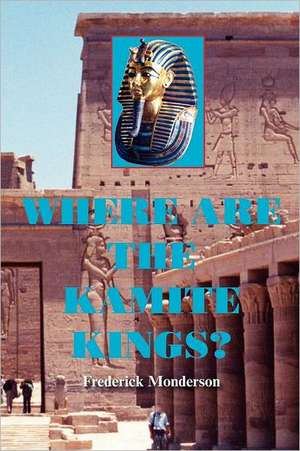Where Are the Kamite Kings?: Confronting the Dogmas of Liberal Secularism
Autor Frederick Mondersonen Limba Engleză Paperback – 31 dec 2011
Preț: 300.64 lei
Nou
Puncte Express: 451
Preț estimativ în valută:
57.54€ • 59.61$ • 48.02£
57.54€ • 59.61$ • 48.02£
Carte disponibilă
Livrare economică 28 februarie-14 martie
Preluare comenzi: 021 569.72.76
Specificații
ISBN-13: 9781610230025
ISBN-10: 1610230027
Pagini: 760
Dimensiuni: 152 x 229 x 38 mm
Greutate: 0.99 kg
Editura: Sumon Publishers
ISBN-10: 1610230027
Pagini: 760
Dimensiuni: 152 x 229 x 38 mm
Greutate: 0.99 kg
Editura: Sumon Publishers











